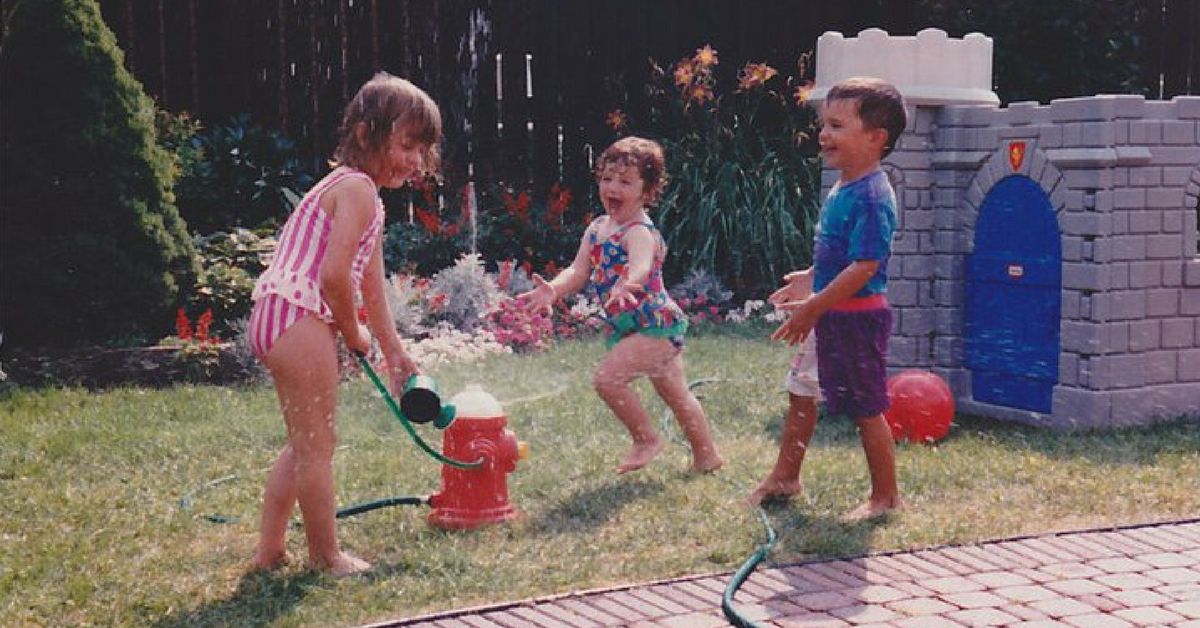For the majority of tutors, setting goals is second nature. They are planners. As a tutor, you’ve probably had those days where you spent a lot of time thinking about the goals for the day, week, or even year. Your students, tend to have an easy time knowing the expectations of each assignment and committing to education projects in class. But how many times do you take the initiative to lead them in goal-setting activities that are focused on the future? One of the best ways to instill a growth mindset in class is by exploring the goal-setting process with your students. Your students need to know that they can achieve any goal they set through hard work and persistence. The starting point is writing them down and studying the techniques. People who write their goals down are two times more likely to achieve them than those who think about them. So, how do you get learners to be excited about the goal-setting process? Let’s find out.
1. It all starts with SMART
You need to share your goals with your students. You can spice things up by keeping them vague and asking learners to turn them into SMART goals. Every goal has to be Specific, Measurable, Attainable, Realistic, and Time-bound. For instance, if your goal is “I want to get good grades”, its SMART version would be “Starting tomorrow, I will work with a study schedule and for days a week and join a study group for the rest of the semester.”
You need to record your long-term goals as described in essays about goals to achieve them. They don’t have to be about life after graduating in college. They can be largely about making important student lifestyle changes, volunteering part-time, and helping loved ones around the house. Encourage your students to work in groups to turn vague goals into SMART ones. If you are dealing with young students, you should consider providing a chart that clearly shows the SMART guidelines with guiding questions to help you learn:
- Specific – What needs to happen?
- Measurable – How will I know I have achieved my goal?
- Actionable – What will I do to achieve my goal?
- Realistic – What’s the importance of my goal and what plan will I use to achieve it?
- Timely – When will I achieve my goal?
When your students have turned all vague goals into SMART ones, have them write them down on a clean piece of paper. Then have them place the final version on their locker or desk.
2. Foster a growth mindset
You need to focus on the strengths and progress that your students are making every day. Noticing the small things that learners are doing to achieve the set goals will go a long way in motivating them to unlock their potential. In today’s learning environment, it takes conviction and perseverance to foster and maintain a growth mindset. You need to be a role model to your students and encourage them to behave in a manner that will create a great future.
3. Encourage them to record their learning journey
Journaling is one of the best ways to help students relax and reflect on their efforts to achieve the set goals. Learners can write down their learning experiences for the week and their thoughts. Writing these notes down enables them to filter information in their minds and focus on the reasons behind their rapid progress. Keeping a personal journal boosts metacognition – the ability to analyze ourselves and learn from our mistakes. This enables us to feel encouraged by our findings instead of feeling discouraged by our past behaviors. Journaling empowers learners to find the actions that will propel them toward their goals.
4. Follow up
Studies conducted by psychologists at the University of California found that learners who wrote their goals down and sent weekly updates to their peers were twice likely to achieve their goals. You can apply this in a class by setting aside ten minutes every week for learners to assess their progress towards the set goals they’ve set.
Conclusion
When students reach their goals, you need to recognize the time and effort that they’ve put into this process. Every human being deserves praise. As the popular saying goes, children cry for it and men fight for it. Developing a goal-setting mindset in students is not easy. It is a gradual process that requires constant reinforcement and encouragement. In the long run, you’ll not only help your students reach their goals but also yourself. As a tutor, there’s nothing more fulfilling than transforming the lives of your students for the better.
Author Bio:
Percy J. Bunnell is a leading editor and writer in the academic field. He spends a lot of time during the week encouraging tutors to help learners unlock their potential. He enjoys reading books and spending time with loved ones during his leisure time.

